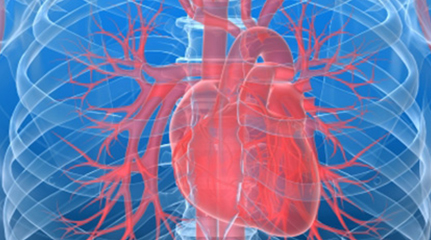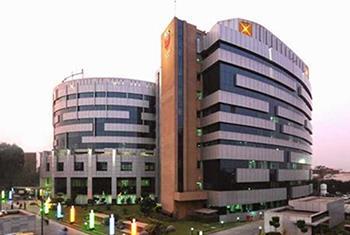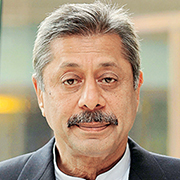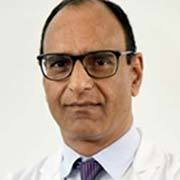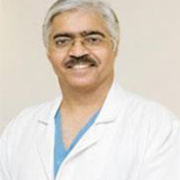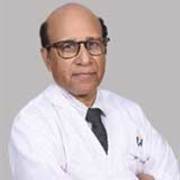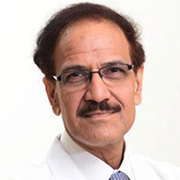Reasons to undergo Heart Valve Replacement Surgery in India
The following conditions would necessitate heart valve replacement surgery:
- Mitral valve Stenosis: To widen the valve opening and correct stenosis (valve narrowing), the valve leaflets or other valve components may be cut, separated, or rebuilt. The majority of stenosed valve patients need to have their valves replaced.
- Mitral valve Regurgitation: also known as valve leakage, can be fixed by reshaping a deformed valve with a prosthetic ring or by replacing or shortening the supporting valve structures to enable the valve to close tightly. It is also possible to alter valve flaps, or leaflets, to prevent blood from flowing backward.
An artificial (prosthetic) heart valve is used to replace the original one. Artificial Valves come in two varieties:
- Heart Tissue Valve
- Mechanical Valve
If the doctor determines that the mitral valve is severely damaged, the patient is advised to have it replaced. Surgeons have the option of replacing the damaged valve with either a mechanical valve or one made from a different kind of human heart tissue.
- Mitral valve repair reduces the risk of major problems in the future by addressing the valve’s issues. Minor cases of the condition may not require surgery, depending on the circumstances.
- In addition to routine echocardiography exams, the doctor may prescribe medication to track the progression of the heart issue.
- India’s first-rate multispecialty facility offers patients complete, round-the-clock care and treatment under one roof.
In certain cases, mitral valve surgery may be performed in the absence of symptoms. For instance, surgeons may perform mitral valve surgery concurrently when patients require heart surgery for a different ailment. According to research, some patients with severe mitral valve regurgitation who are asymptomatic may benefit from valve surgery in the long run.
To fully comprehend every facet of the mitral valve replacement procedure, Lyfboat gets the best doctors and surgeons. You can get the greatest medical advice, assessment, and treatment if you have any heart valve problems.
